From development land, residential land to townhomes whatever you are looking for RPM has the ideal location for you.
From development land, residential land to townhomes whatever you are looking for RPM has the ideal location for you.

Development Land
Specialists in sourcing and selling development land for commercial and residential projects. Explore current and past opportunities.
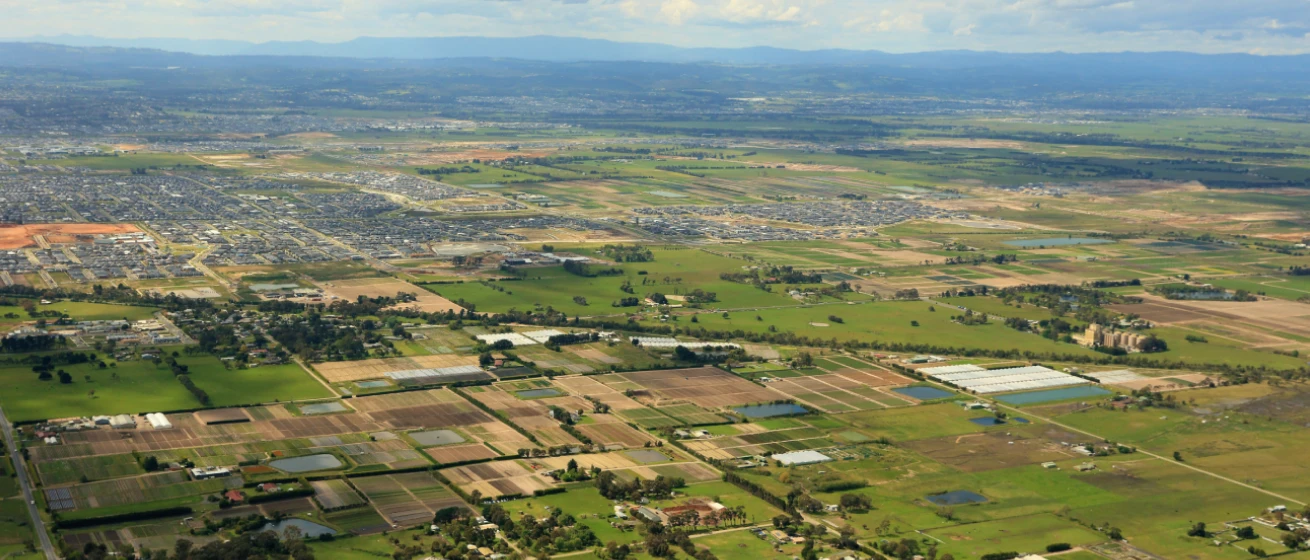
Residential Land
Across Australia’s East coast RPM has the ideal land to suit your lifestyle and dream home, explore the projects RPM is proud to be partners in selling.
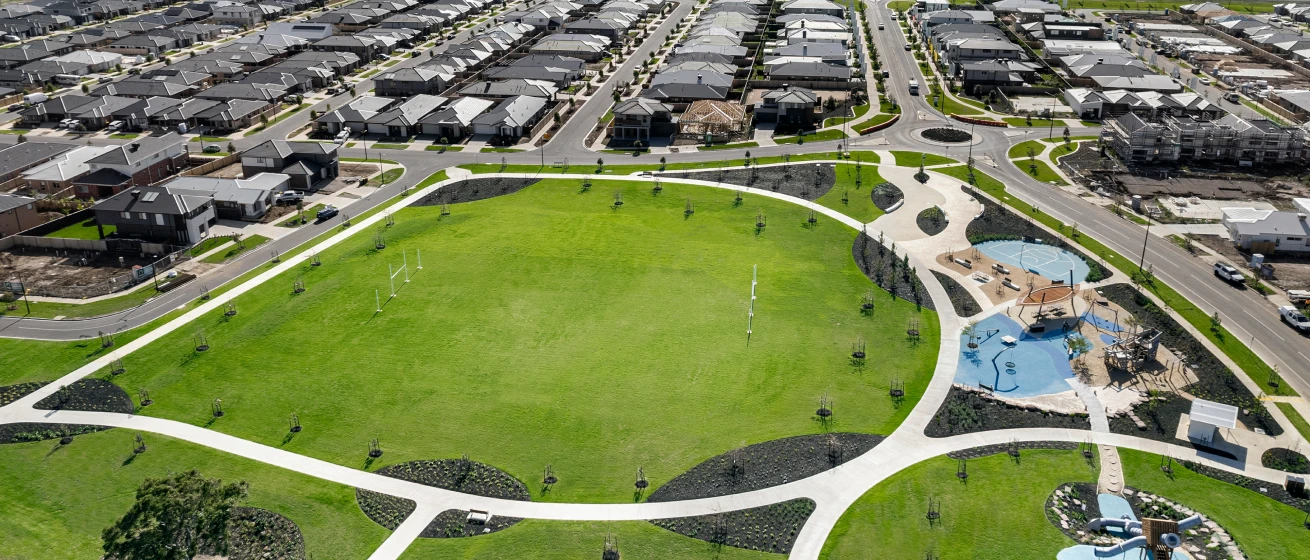
Townhomes
With townhouses to suit every lifestyle and budget, find your perfect home today.
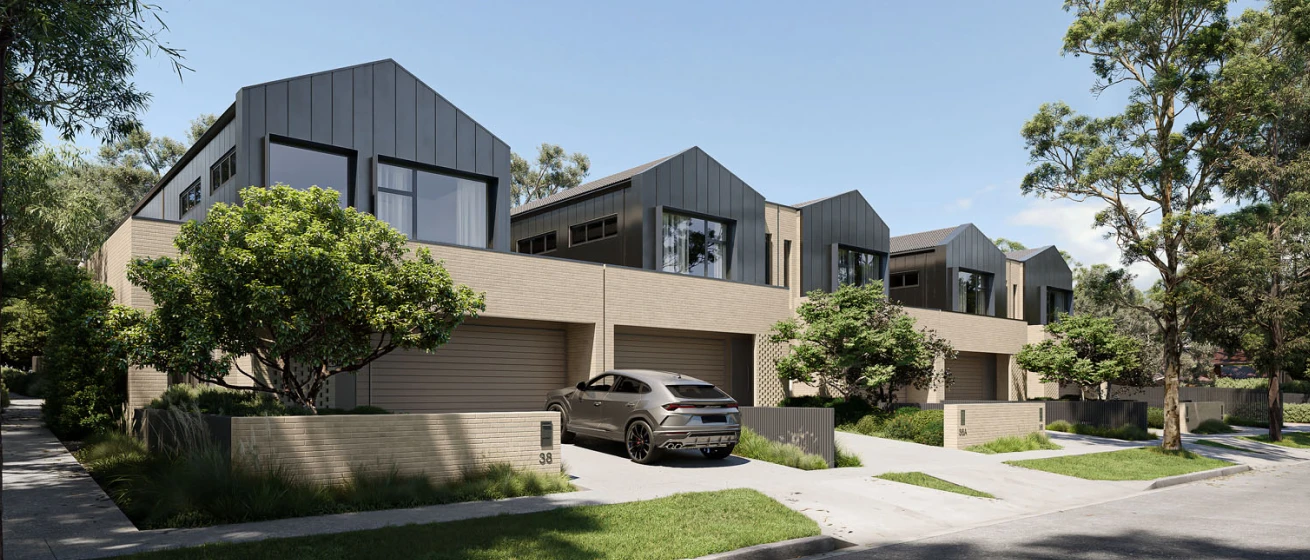
Apartments
Inner city & coastal new apartment projects. Explore our projects to find your perfect location and style of living.

RPM offer a comprehensive suite of professional services at every stage of your property journey.
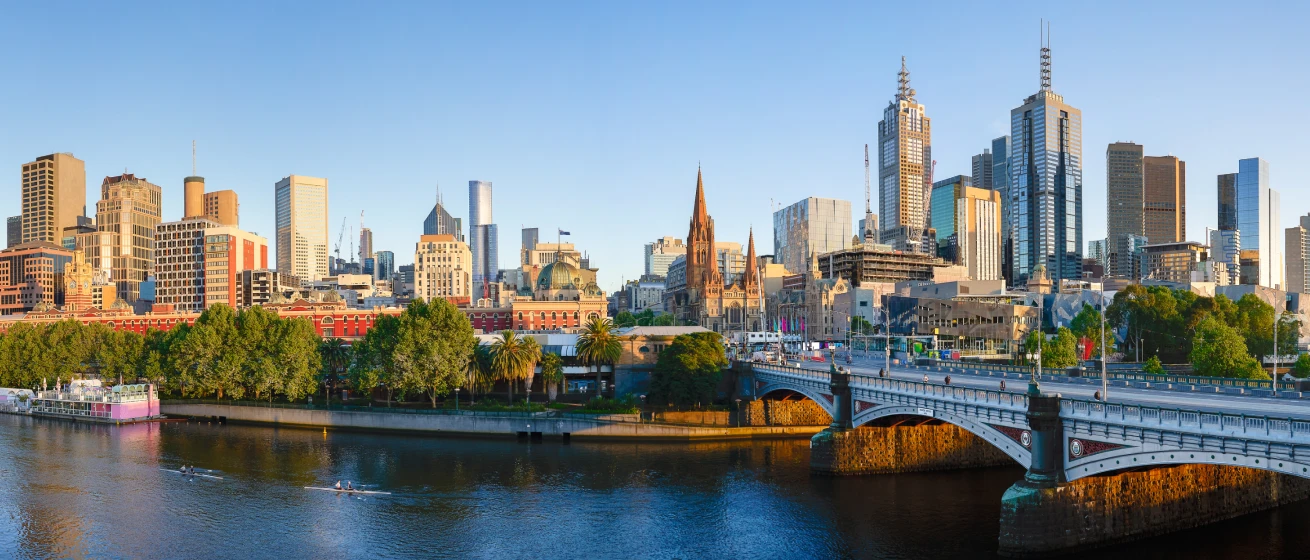
RPM offer a comprehensive suite of professional services at every stage of your property journey.
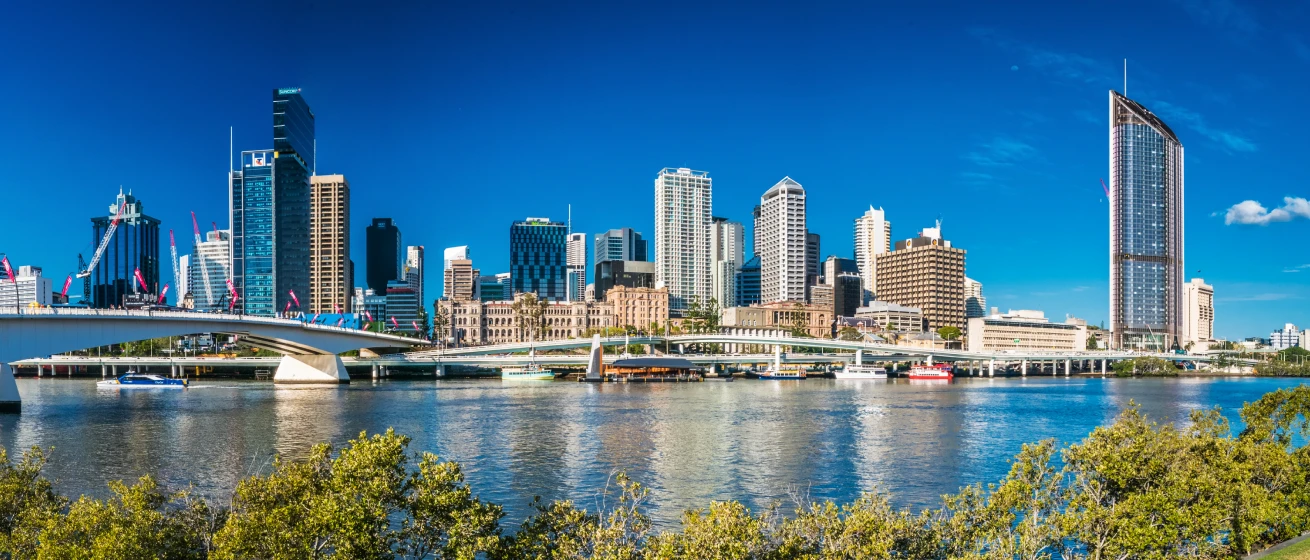
Pioneering new benchmarks in property intelligence, know-how, and data-driven insights, read the RPM Group's story.
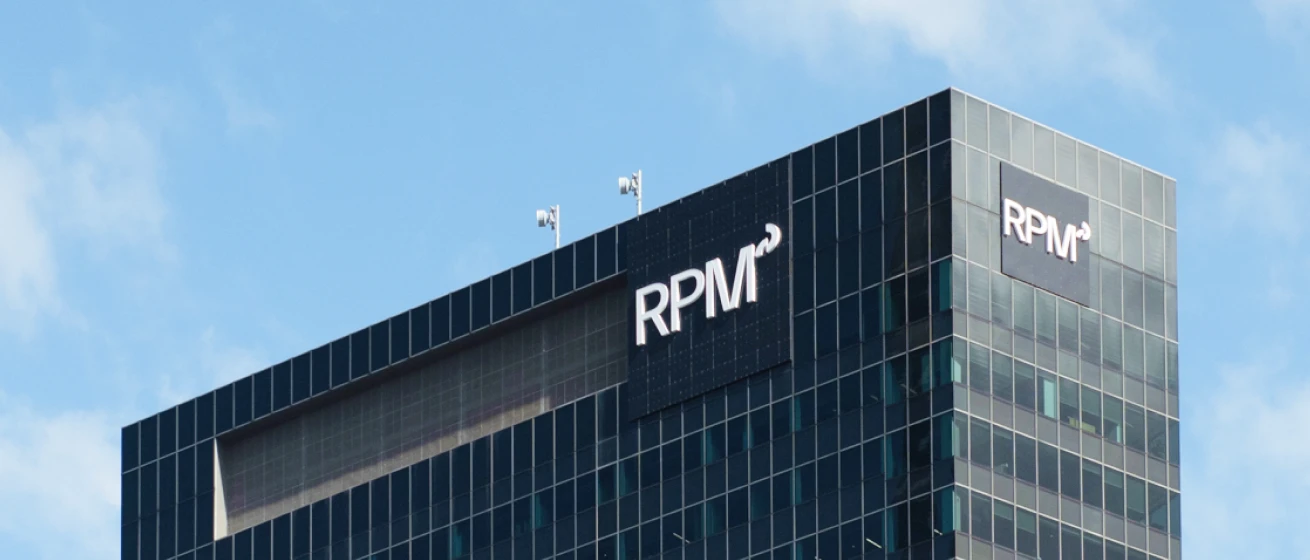
Our Story
Since 1994, RPM has grown to become the industry-leader with an expanding national presence; offering a comprehensive suite of services

Our Team
The heart of our business are the people who make it thrive. Discover the passion and dedication of our national team.

Careers
Our team of property experts is truly unparalleled. See how you can join this exceptional group and shape your future with us.

05.07.2024
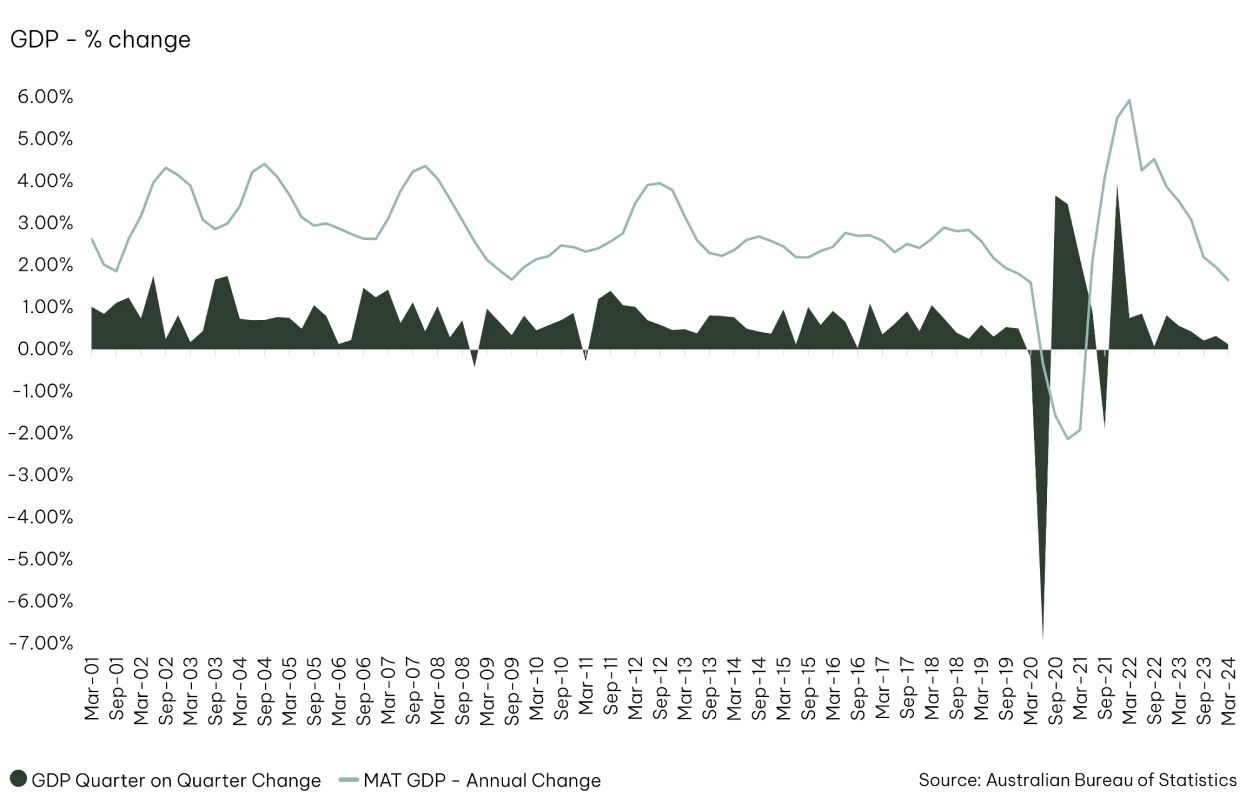
The Australian economy saw modest growth in Q1 2024 with quarterly GDP (Gross Domestic Product) edging up by 0.13% and annual GDP increasing by
1.65%.
Despite these gains, this annual growth rate is the smallest (outside of the pandemic period) since September 1992.
Moreover, economic output is failing to keep pace with the country’s strong population growth, marking the fifth consecutive quarter of decline in GDP per capita.
Household expenditure increased by 0.43% in Q1, surpassing expectations. However, long-term growth remains modest as households grapple with rising cost of living pressures and higher mortgage repayments.
Spending on essential goods and services rose by 0.5%, while discretionary spending also rebounded by 0.3%, driven by sporting and cultural events, and holiday travel.
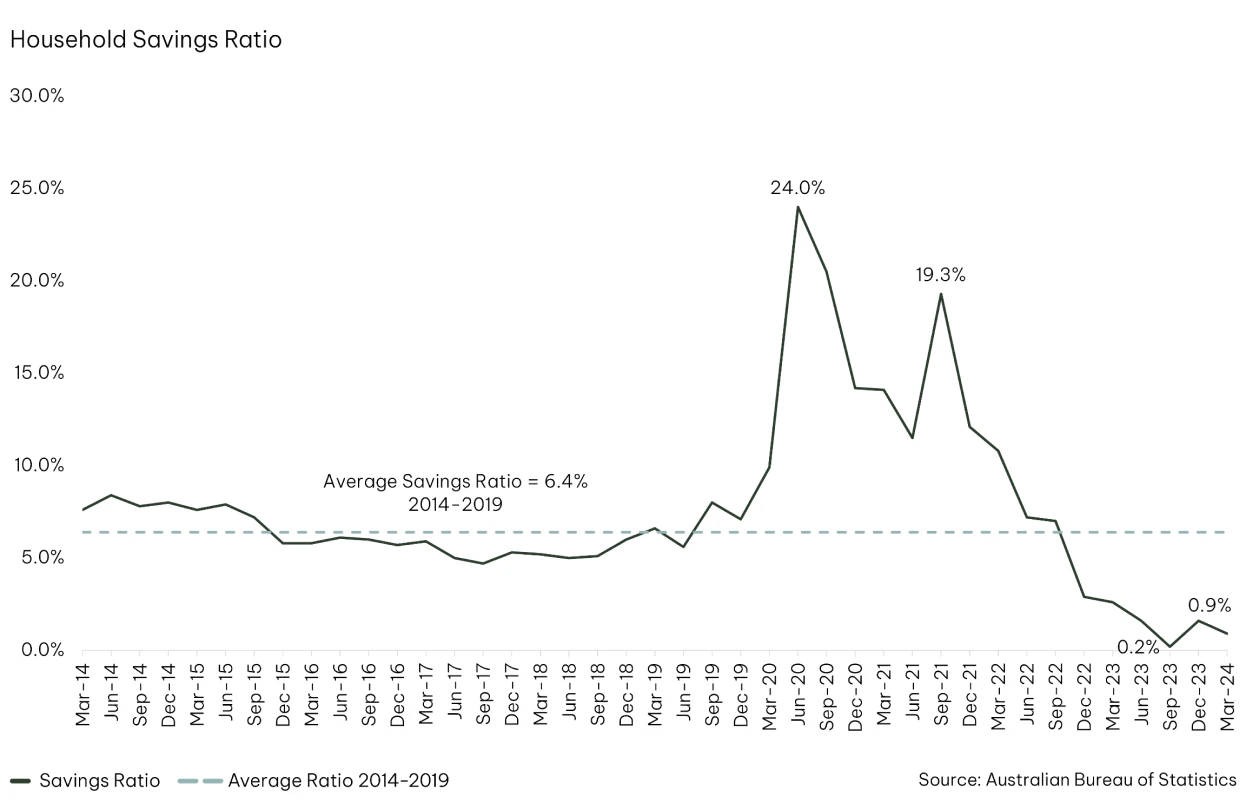
Higher private consumption has contributed to a pickup in CPI growth to 0.96%, outstripping the wage price index increase of 0.6%.
Consequently, the household savings ratio dropped to 0.9%, significantly below the long-term average since Q4 2022.
With a minimal savings buffer and increasing inflation, private consumption is likely to moderate, particularly as the possibility of an interest rate hike grows.
Affordability concerns and high construction costs continue to hinder new dwelling investments.
Building approval activity has diminished significantly as fewer prospective buyers feel it is a good time to enter the market.
This trend is adding pressure to the rental sector, which is already strained by record population growth, resulting in historically low vacancy rates and rising rental prices.
This article references findings from our Q1 2024 Economic and Residential Property Market Report.
You can see how this popup was set up in our step-by-step guide: https://wppopupmaker.com/guides/auto-opening-announcement-popups/
